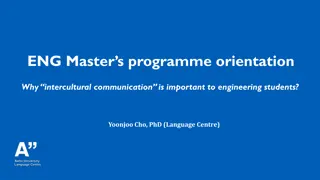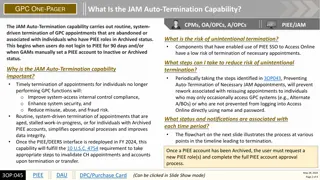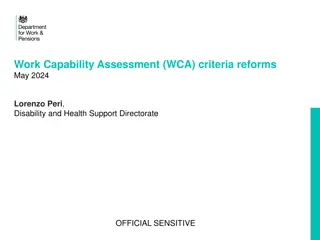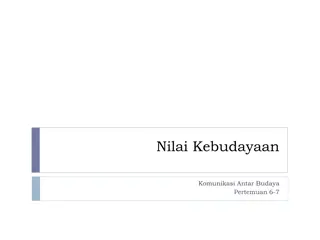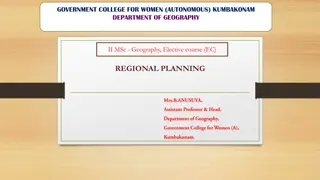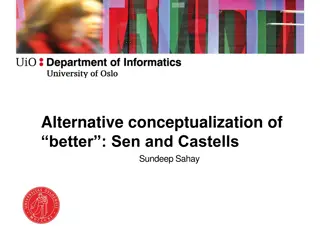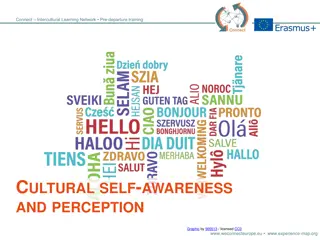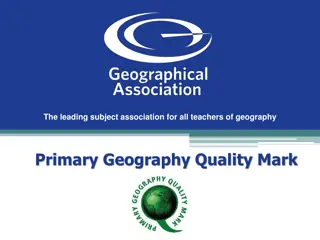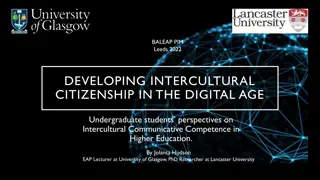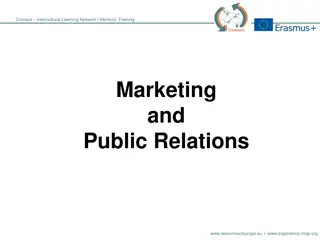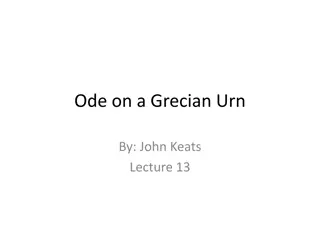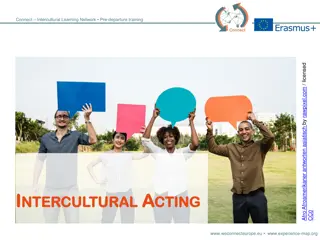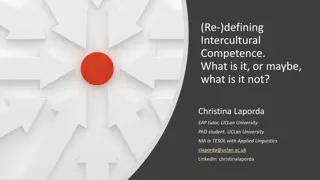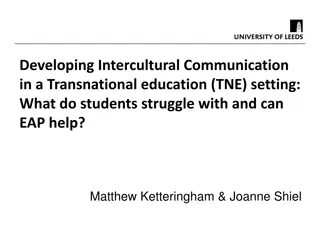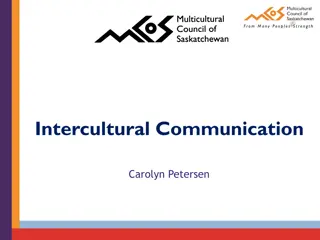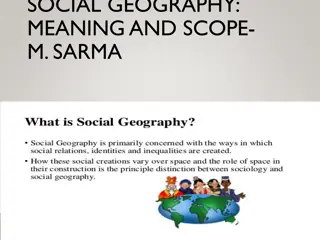Integrating History, Geography, English & Intercultural Capability in Community Planning
Exploring how to plan a unit of work integrating History, Geography, English, and Intercultural Capability based on the Victorian Curriculum. The unit, "Our Community," spans five weeks and focuses on continuity and change in the local community, significant places, people, and events, and interaction skills. Emphasis is placed on evidence collection, interpretation, fieldwork, and expressing ideas in context. The process involves becoming familiar with the curriculum, making broad decisions, detailing learning areas, and mapping content descriptions and achievement standards for formative and summative assessment.
Download Presentation

Please find below an Image/Link to download the presentation.
The content on the website is provided AS IS for your information and personal use only. It may not be sold, licensed, or shared on other websites without obtaining consent from the author.If you encounter any issues during the download, it is possible that the publisher has removed the file from their server.
You are allowed to download the files provided on this website for personal or commercial use, subject to the condition that they are used lawfully. All files are the property of their respective owners.
The content on the website is provided AS IS for your information and personal use only. It may not be sold, licensed, or shared on other websites without obtaining consent from the author.
E N D
Presentation Transcript
Our Community Planning a unit of work integrating: History Geography English Intercultural Capability
Objectives By the end of today s session you will: have an insight into how to plan a unit of work based on the Victorian Curriculum. understand the relationship between content descriptions, achievement standards and learning activities and assessment.
Overview Our Community A five week unit integrating: History Geography English Intercultural Capability How did we get there?
The Beginning Becoming deeply familiar with the curriculum Reading across the content descriptions of different learning areas to find links Key question: Where are the natural synergies across different learning areas?
Explicit teaching broad decisions Learning area Broad selected focus Overall learning intention Continuity and change in the local community Significant places, people and events Using primary sources Features and activities of the local place Importance of places and how they change Collecting and interpreting data and information History Students will investigate significant places, activities and events in the local community. They will build skills in evidence collection and interpretation, including through primary source analysis and fieldwork. Geography They will build skills in interacting with others. Texts in context Expressing and developing ideas Interacting with others English
Writing in the detail Identifying the most prescriptive and most flexible learning areas Tag teaming according to agreed process Drafting initial structure and learning activities based on History Adding Geography to History learning activities and providing additional activities Refining learning activities to reflect identified English content descriptions Further refinement to include Intercultural Capabilities Formative and summative assessment designed iteratively
Mapping the curriculum Identifying the content descriptions which will be covered specifically in the unit of work Identifying aspects of the achievement standards that students will demonstrate in completing the unit of work Identifying aspects of the achievement standards that students may demonstrate if they are working beyond the level
Designing teaching and learning Use content descriptions and related achievement standards to craft teaching and learning to suit, for example History: Content Description Identify examples of continuity and change in the local area by comparing past and present Achievement standard describe a person, a site, or an event of significance in the local community. Teaching and learning activities As a class, look at photographs of a place in the local community, one taken from the past and one taken recently. Suggest possible eras or dates when these photographs may have been taken. Consider how they might find out how old places are. Identify the content features of primary sources Use sources to describe the significance of places and events. In groups and using a template of a page with two columns labelled Past and Present students describe what has changed over time and what has remained the same.
Refining learning activities Example one:adding in Geography Original activity As a class, look at photographs of a place in the local community, one taken from the past and one taken recently Second draft adding Geography As a class, look at photographs of a place in the local community, one taken from the past and one taken recently. For each photograph: Work with students to identify and classify some natural features, for example, rivers or native vegetation; constructed features such as buildings or roads; and managed features such as parks or community gardens. In pairs, students find any further examples of these kinds of features (this could be recorded in a table). Ask students to suggest what activities were/are at that place, and to support their suggestions with evidence from the photograph.
Refining learning activities Example two: adding in English Original activity Second draft adding English Use the photographs as a discussion starter to consider: Use the photographs as a discussion starter and encourage students make links to their own experience of one or more of these days. what the celebration looks like what the celebration sounds like how it might feel to be there why we celebrate particular days Students could use a graphic organiser, such as a Y chart or mind map to consider: what the celebration looks like what the celebration sounds like how it might feel to be there why we celebrate particular days
Refining learning activities Example three: adding in Intercultural Capability Second draft Third draft adding Intercultural Capability Use the photographs as a discussion starter and encourage students make links to their own experience of one or more of these days. Use the photographs as a discussion starter and encourage students make links to their own experience of one or more of these days, explicitly drawing attention to similarities and differences in student experience and what it might be like to experience different ways of celebrating. Students could use a graphic organiser, such as a Y chart or mind map to consider: what the celebration looks like what the celebration sounds like how it might feel to be there why we celebrate particular days Students could use a graphic organiser, such as a Y chart or mind map to consider .(etc)
Assessment Learning Intention: Summative Assessment 1 Example achievement standard links F-2: History: describe an event of significance in the local community. Students will investigate significant places, activities and events in the local community. Students choose a particular celebration about which to complete a poster or book eBook page. Their page could include illustrations, words and sentences which describe a particular celebration or commemoration and explain reflections based on discussions from Activities 1 and 2. English (Writing): provide details about events.. (Speaking and listening): interact in pair, group and class discussions, taking turns when responding. They will build skills in evidence collection and interpretation, including through primary source analysis and fieldwork. On completion, teachers could provide students with opportunities to share their work with the class or a particular group. They will build skills in interacting with others. Intercultural capability: Students explain how they might respond in different cultural situations.
Differentiated learning Where needed and appropriate: Using the achievement standards as a continuum to design tasks that allow students to demonstrate understanding towards, at, and beyond the level peer mentoring templates for some tasks
Summary In a small professional team you will decide on: a relevant topic for your school context which learning areas are most relevant to the topic which aspects of the Achievement Standards could be addressed which Content Descriptions are most suitable assessments needed to address aspects of the standards for each learning area
Contact details Monica Bini (Geography) at bini.monica.m@edumail.vic.gov.au Pat Hincks (History) at hincks.patricia.m@edumail.vic.gov.au Jacqueline Moore (English) at moore.jacqueline.j@edumail.vic.gov.au



